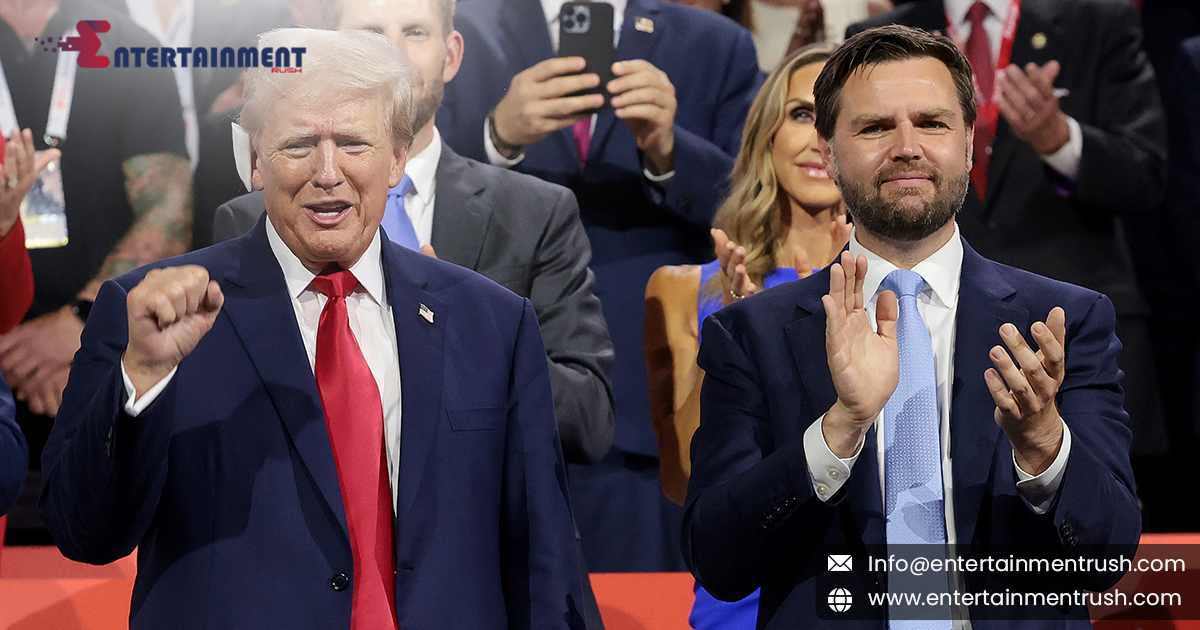As political shifts continue to reshape the landscape of American governance, the potential impact of the Trump-Vance administration on the U.S. dollar is drawing significant attention. With Donald Trump’s return to the political arena and the possibility of a Vance administration, the financial world is closely watching how these developments could usher in a new era for the dollar. This blog explores the potential implications of this political transition on the strength and global standing of the U.S. dollar.
A New Political Dynamic
The Trump-Vance administration represents a dramatic shift in U.S. politics, combining Trump’s influence with Vance’s vision for economic policy. This partnership could lead to substantial changes in how economic policies are crafted and implemented, with potential repercussions for the U.S. dollar. Trump’s previous presidency was marked by aggressive economic policies, including trade wars and tax reforms. If these strategies are revisited or expanded upon under a Vance administration, they could significantly impact the value and global role of the dollar.
Potential Policy Shifts
Trade Policies:
One of the most immediate ways the Trump-Vance administration could influence the dollar is through changes in trade policies. Trump’s first term was characterized by tariffs and trade disputes, particularly with China. A return to such policies, or new approaches to trade negotiations, could affect the dollar’s value. Increased tariffs or trade restrictions could lead to a strengthening of the dollar as investors seek safe-haven assets, or conversely, they could prompt retaliatory measures that weaken the dollar.
Tax and Fiscal Policies:
Economic policies under the Trump-Vance administration may also include significant changes to tax and fiscal strategies. Trump’s previous tax cuts aimed to stimulate economic growth, which could be a model for future policies. However, such measures also have the potential to increase the national debt and budget deficits, which could influence investor confidence in the dollar.
Regulatory Changes:
Another area of focus could be deregulation or changes to financial regulations. Deregulation may spur economic growth, potentially strengthening the dollar. Conversely, rapid changes in regulatory environments can create uncertainty, which might impact the dollar’s stability.
Global Reactions and Implications
The global financial community will be closely watching how the Trump-Vance administration navigates these economic policies. The strength of the U.S. dollar is closely tied to international confidence in American economic governance. If the administration’s policies are seen as effective and beneficial, the dollar could gain strength and stability. On the other hand, if the policies lead to economic instability or diplomatic conflicts, the dollar’s position could weaken.
Impact on International Trade
The U.S. dollar is the world’s primary reserve currency, widely used in international trade and finance. Changes in U.S. economic policy under the Trump-Vance administration could influence global trade patterns. For instance, if new policies lead to increased U.S. exports or higher interest rates, this could bolster the dollar’s value. Alternatively, if trade tensions escalate or if fiscal policies lead to increased inflation, the dollar could face challenges.
As the Trump-Vance administration potentially ushers in a new era for the dollar, the financial world is bracing for changes. The administration’s approach to trade, taxation, and regulation will be crucial in determining the future trajectory of the dollar. Investors, businesses, and policymakers will need to stay informed about these developments to navigate the evolving economic landscape effectively. the Trump-Vance administration may indeed usher in a new era for the dollar, marked by shifts in policy and global economic dynamics. While the exact outcomes remain uncertain, the potential for significant changes underscores the importance of closely monitoring these political developments and their implications for the U.S. dollar’s strength and global role.




Leave feedback about this